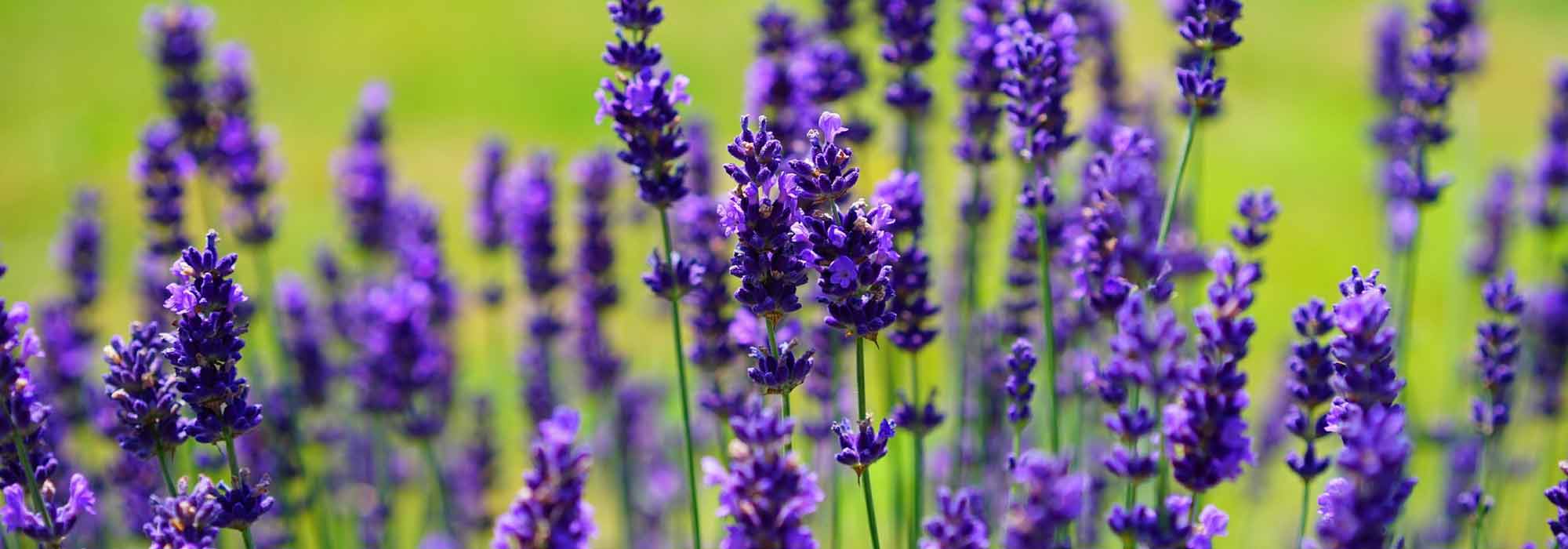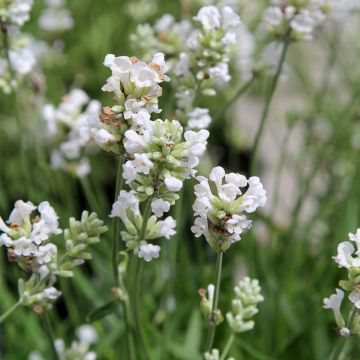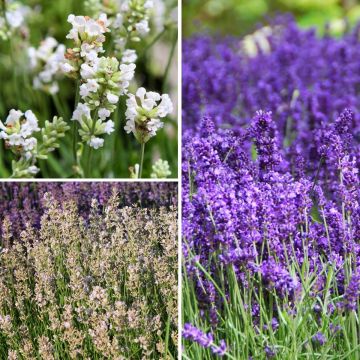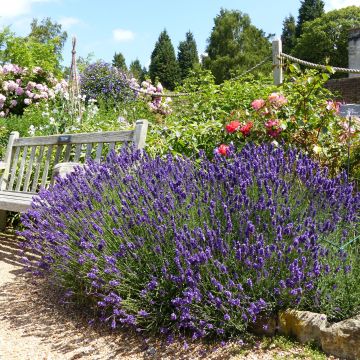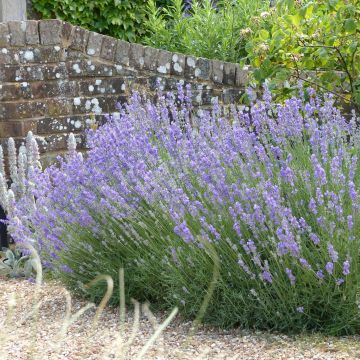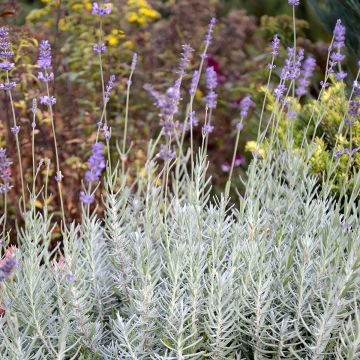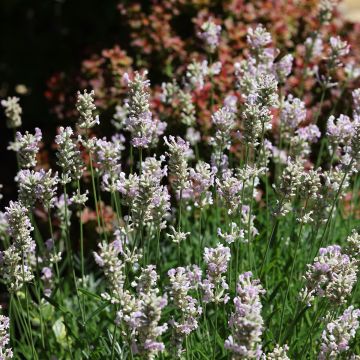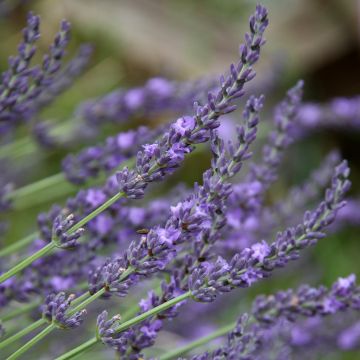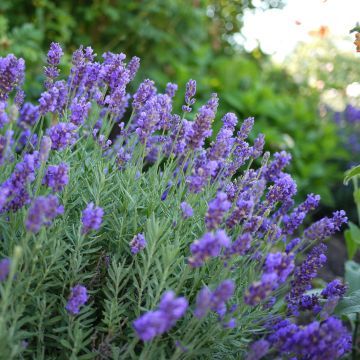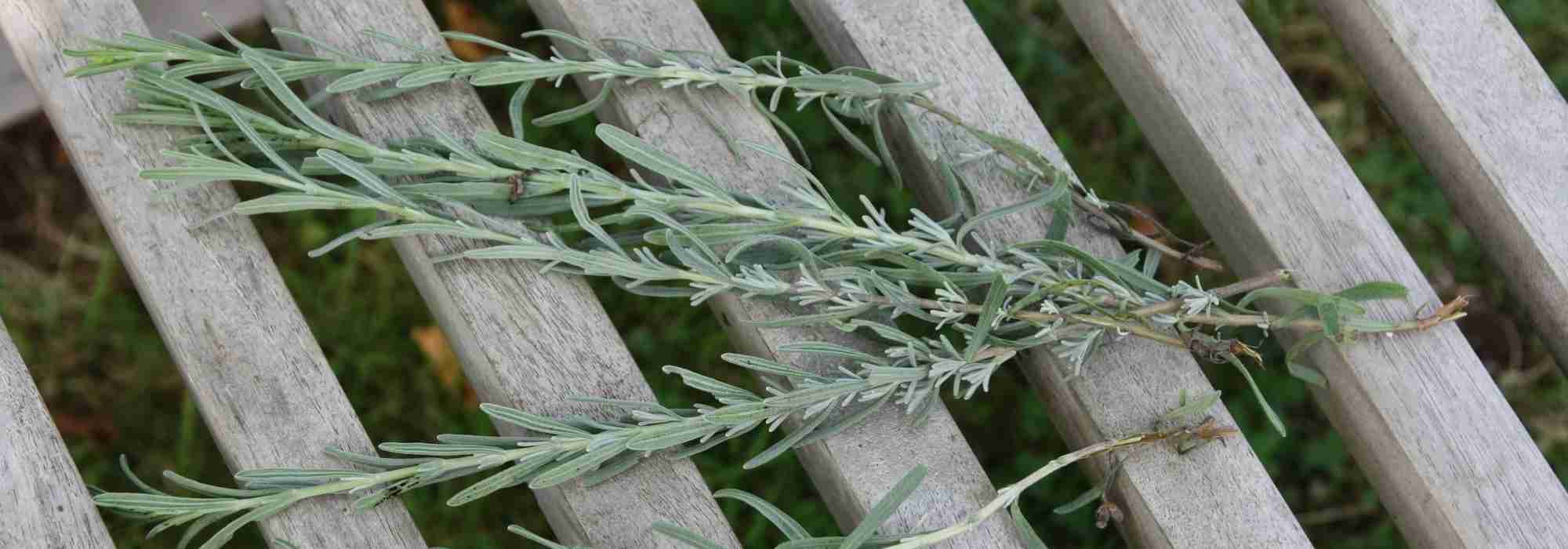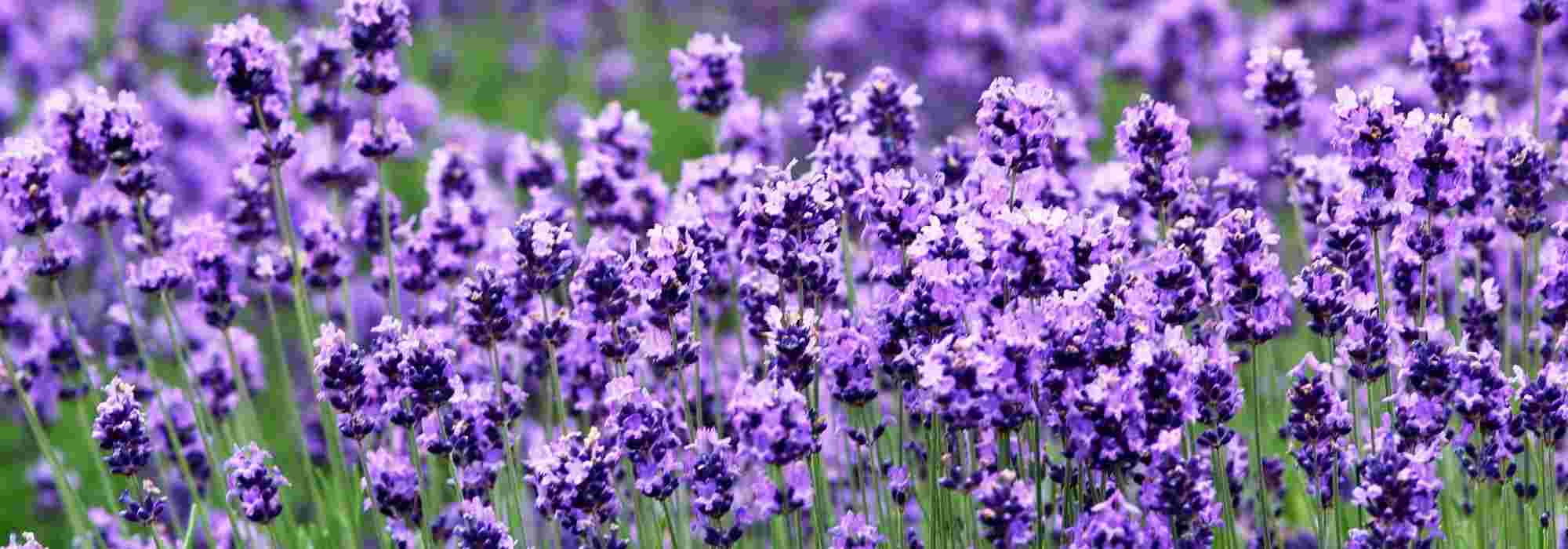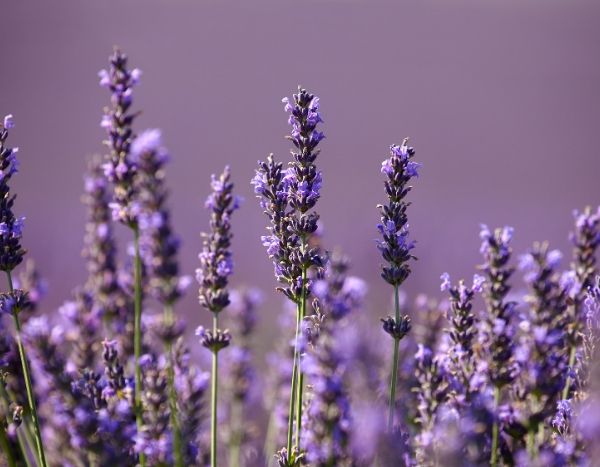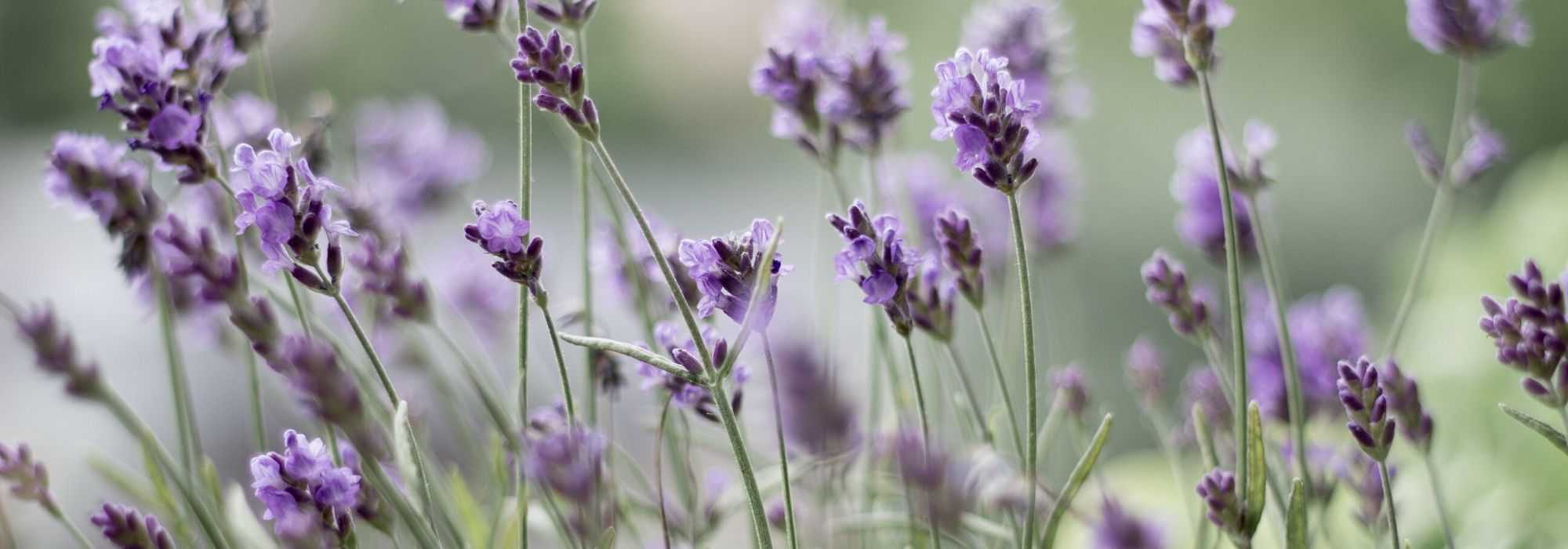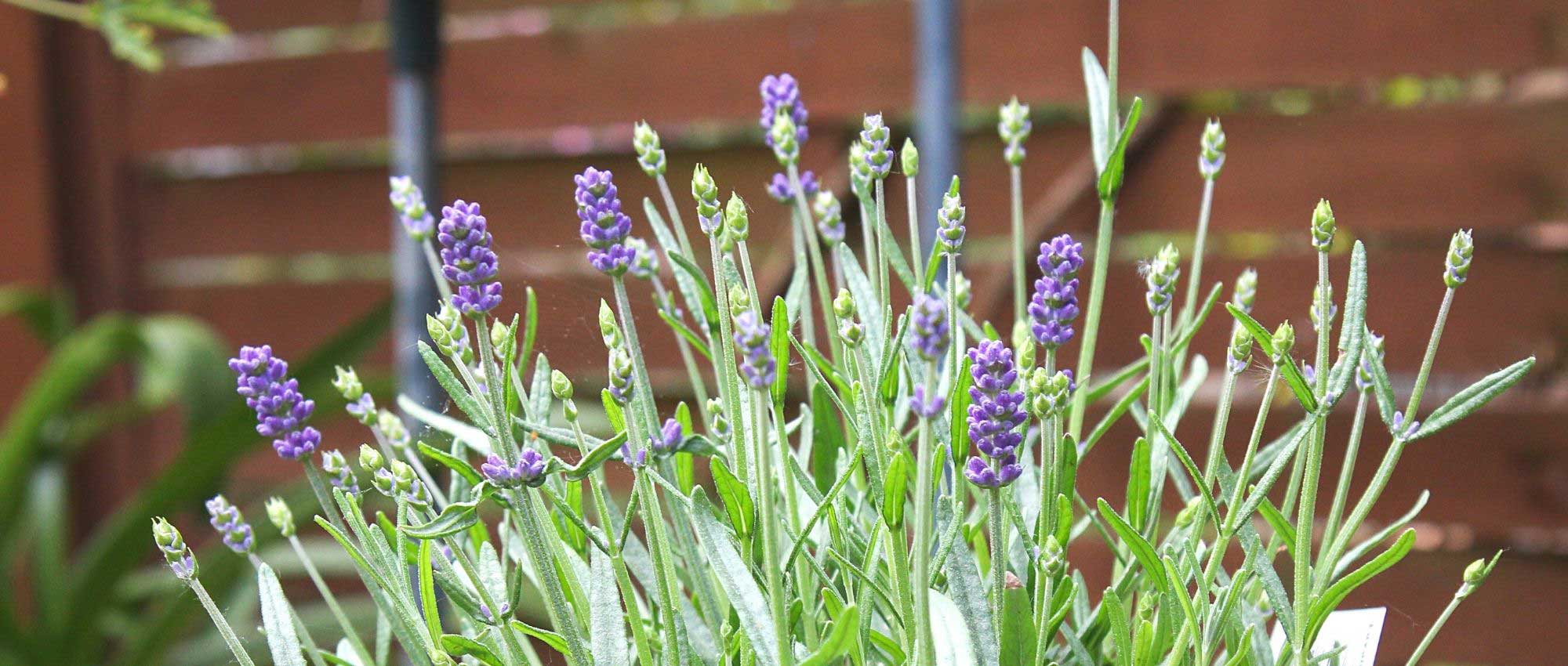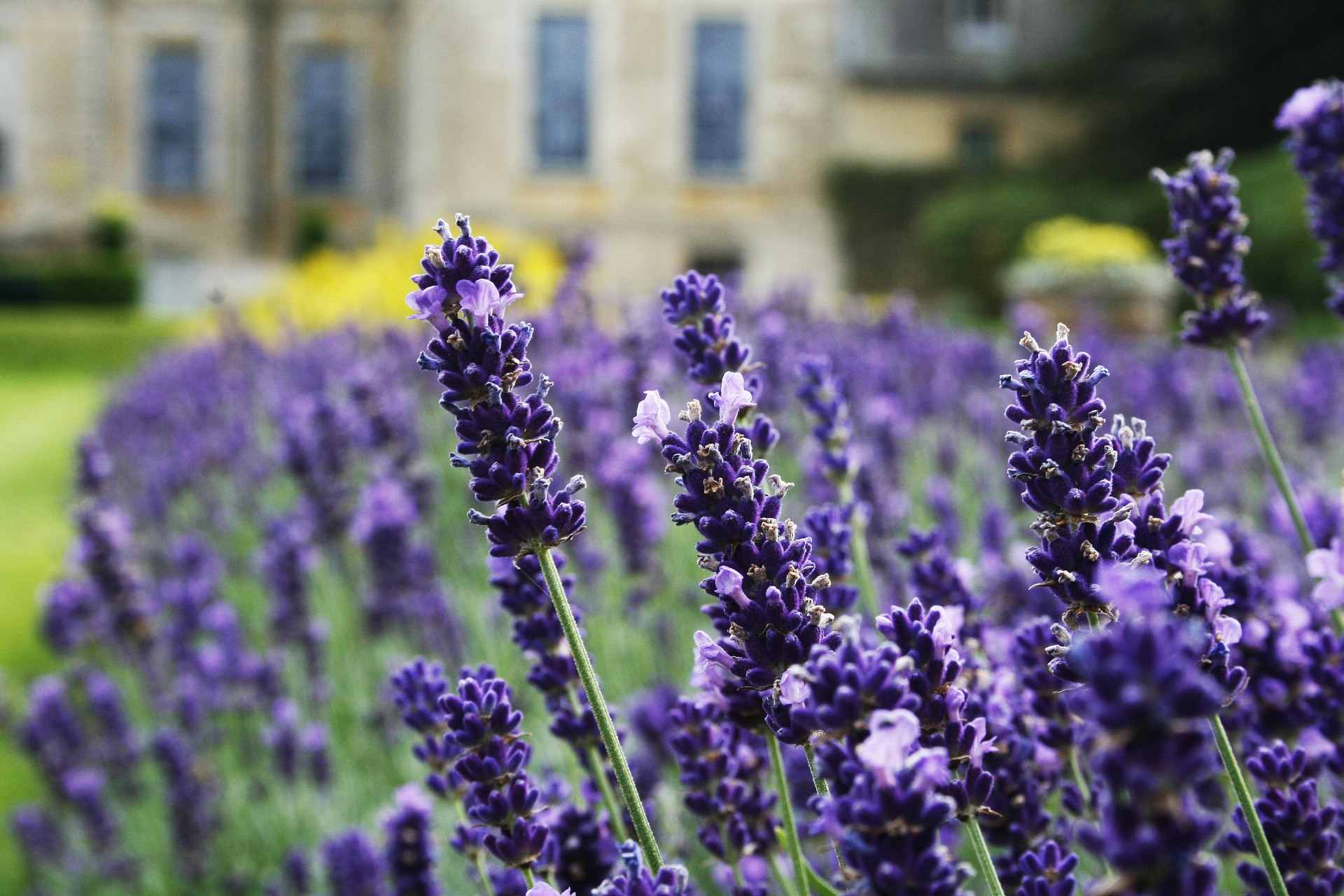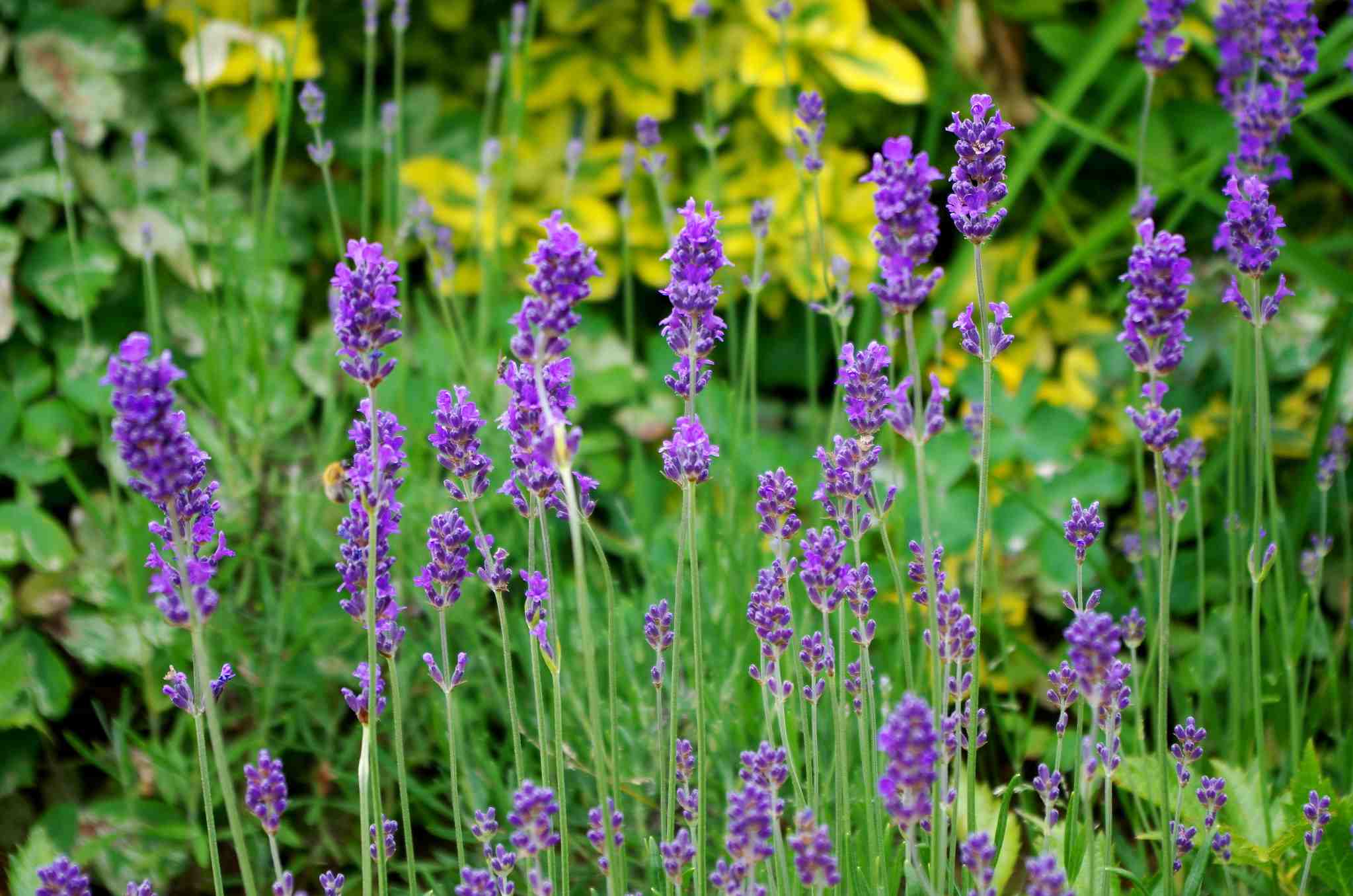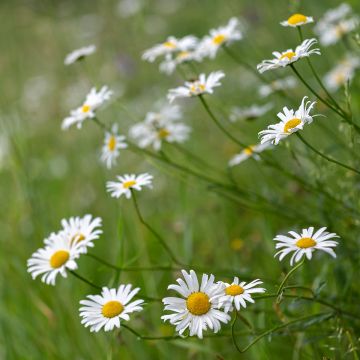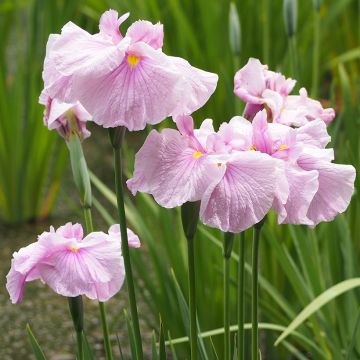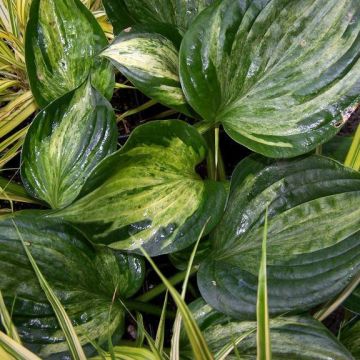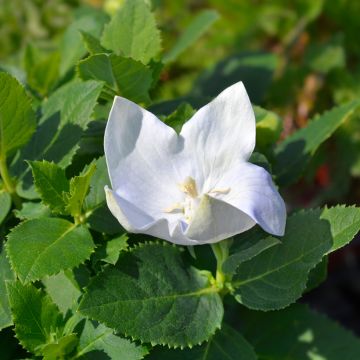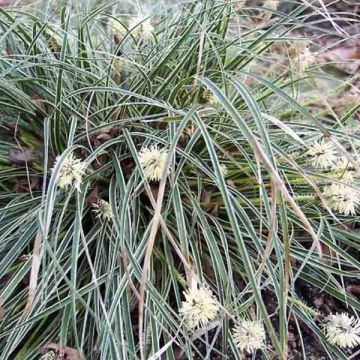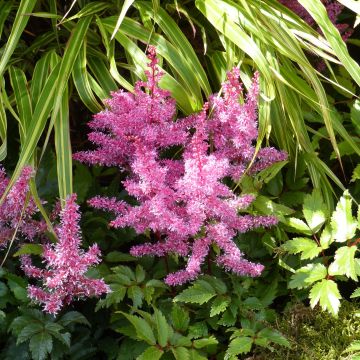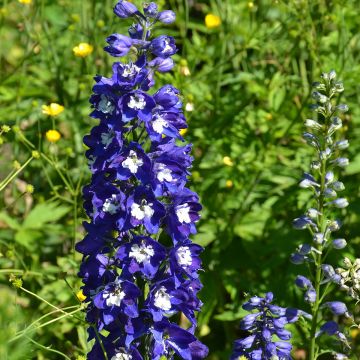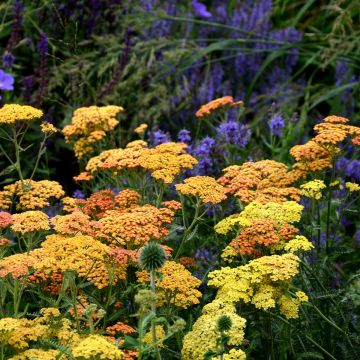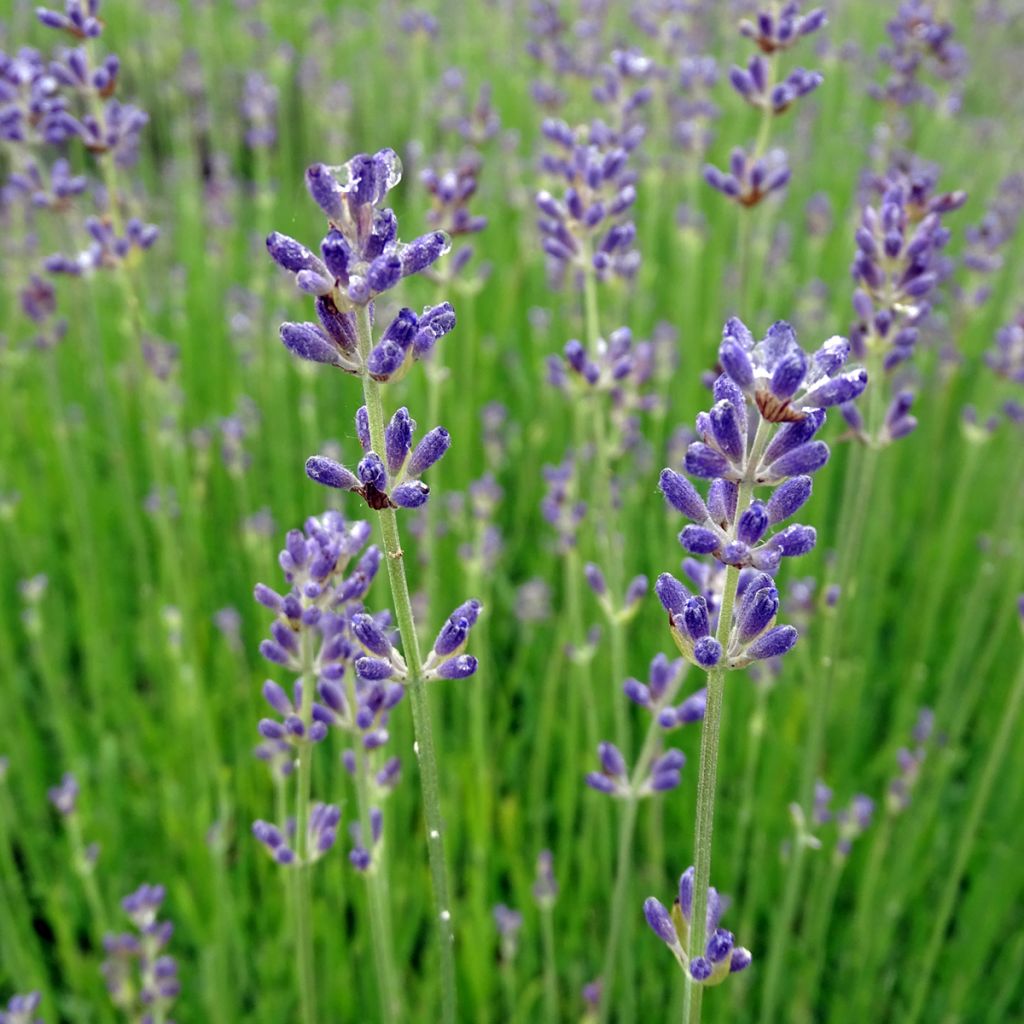

Lavandula angustifolia Dwarf Blue - True Lavender
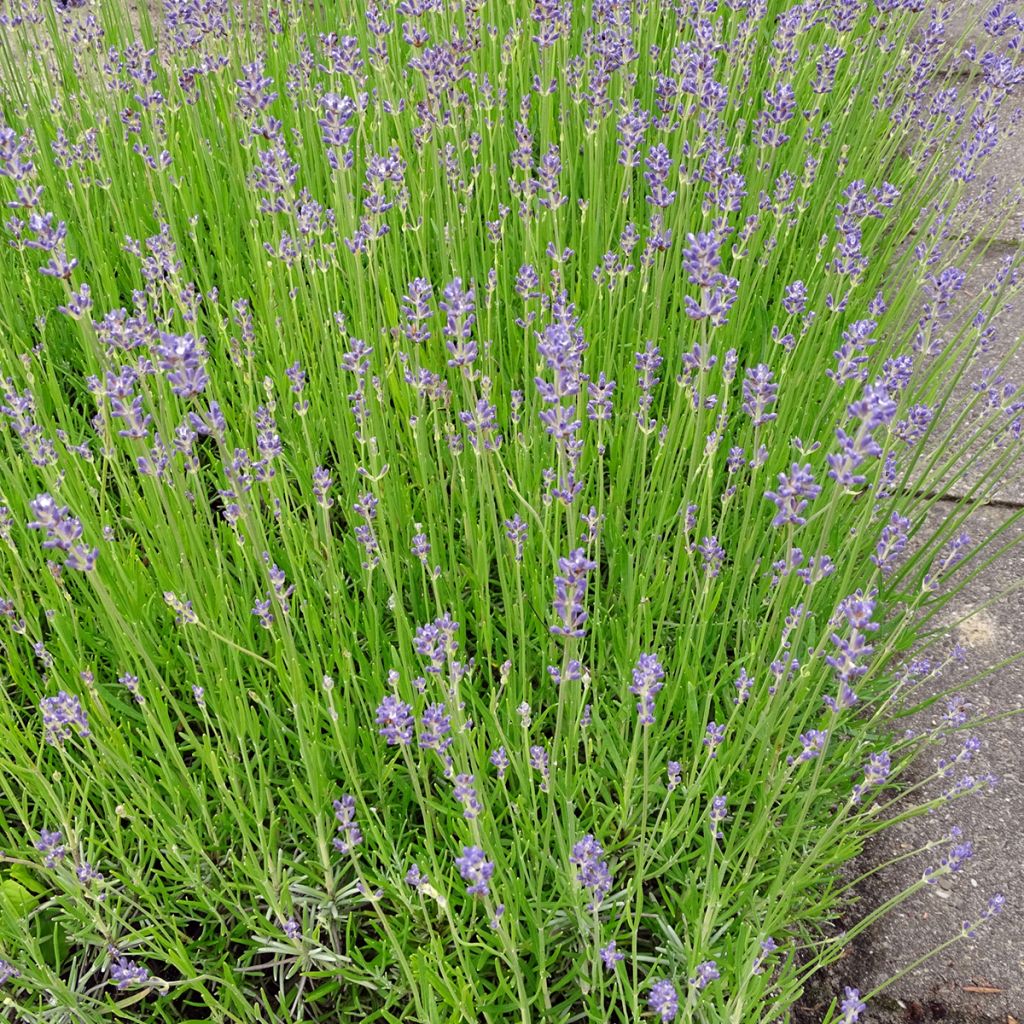

Lavandula angustifolia Dwarf Blue - True Lavender
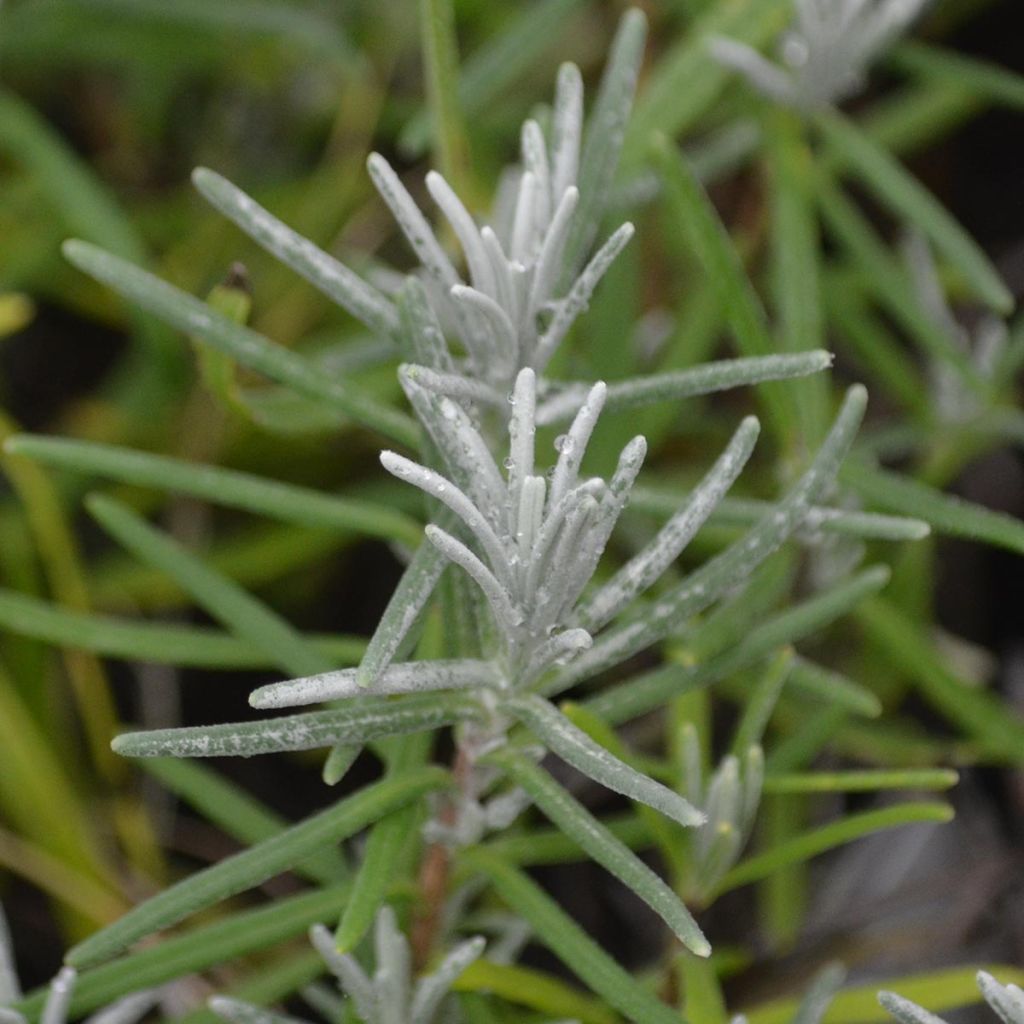

Lavandula angustifolia Dwarf Blue - True Lavender
Lavandula angustifolia Dwarf Blue - True Lavender
Lavandula angustifolia Dwarf Blue
True Lavender, English lavender
Beautiful plant, very resilient despite a year under the Breton rain and almost being neglected by me for several months. It's still as lovely as ever.
Floriane , 11/01/2025
Special offer!
Receive a €20 voucher for any order over €90 (excluding delivery costs, credit notes, and plastic-free options)!
1- Add your favorite plants to your cart.
2- Once you have reached €90, confirm your order (you can even choose the delivery date!).
3- As soon as your order is shipped, you will receive an email containing your voucher code, valid for 3 months (90 days).
Your voucher is unique and can only be used once, for any order with a minimum value of €20, excluding delivery costs.
Can be combined with other current offers, non-divisible and non-refundable.
Home or relay delivery (depending on size and destination)
Schedule delivery date,
and select date in basket
This plant carries a 12 months recovery warranty
More information
We guarantee the quality of our plants for a full growing cycle, and will replace at our expense any plant that fails to recover under normal climatic and planting conditions.

Would this plant suit my garden?
Set up your Plantfit profile →
Description
The 'Dwarf Blue' Lavender is a dwarf variety, with a wide and compact habit, similar to the 'Hidcote' lavender, but healthier, that offers a generous flowering in deep purple spikes in early summer. It is an undershrub that dresses itself with evergreen leaves that turn silvery grey in summer, very aromatic. Planted in full sun, in well-drained soil, it is a lovely plant to use in borders, rockeries, and containers. The true lavenders, very drought-resistant, are perfectly suited for ornamenting Mediterranean gardens without watering.
The 'Dwarf Blue' Lavender is a horticultural variety probably obtained in Bussum, Germany, around 1920. The species type, Lavandula angustifolia, is also called 'true' lavender. It is a plant of the Lamiaceae family native to the Mediterranean basin, related to sage, thyme, and rosemaries. The 'Dwarf Blue' variety forms a very small bush, reaching 40 cm (16in) in flower height and 60 cm (24in) in width. Its habit is very compact, dense, and vigorous, forming a wide and rounded bushy clump. Its decorative foliage, evergreen in winter, is slightly wider than that of 'Hidcote'. It consists of elongated, aromatic leaves, 4-5 cm (2in) long, of a beautiful silver-green color. In June-July, this lavender is covered with numerous highly scented and nectar-rich flowers, in a deep purple color, carried by cylindrical spikes 8 cm (3in) long, at the end of slender, leafy, woody stems. In reality, it is the colored calyces, which surround the flowers, that influence the perception of the color of the inflorescence when seen from a distance.
The 'Dwarf Blue' Lavender grows in any well-drained, dry, poor, and rocky soil in full sun. In heavy soil or in excessively humid regions, it must be planted on a slope, in a raised bed, or in a rockery. This lovely lavender can be used as a border plant with dwarf roses, drought-tolerant grasses, and catmints, for example. It can also be planted in a rockery with thymes and oreganos, to highlight a pathway. When grown in a pot, it should be watered regularly, but with longer intervals to allow the substrate to dry between waterings.
Tips: Put dried flowers in a handkerchief and close it by tying the four corners to perfume clothes and repel moths. Create scented sugar by putting lavender leaves in brown sugar.
Properties: Lavender, being a very nectar-rich plant, contributes to the preservation of bees: the nectar of its flower attracts bees, making it one of the most renowned honeys.
Lavandula angustifolia is a medicinal plant, with therapeutic properties that were once widely used: its essential oil has antiseptic, antispasmodic, healing, purifying, diuretic, and other properties.
Lavandula angustifolia Dwarf Blue - True Lavender in pictures
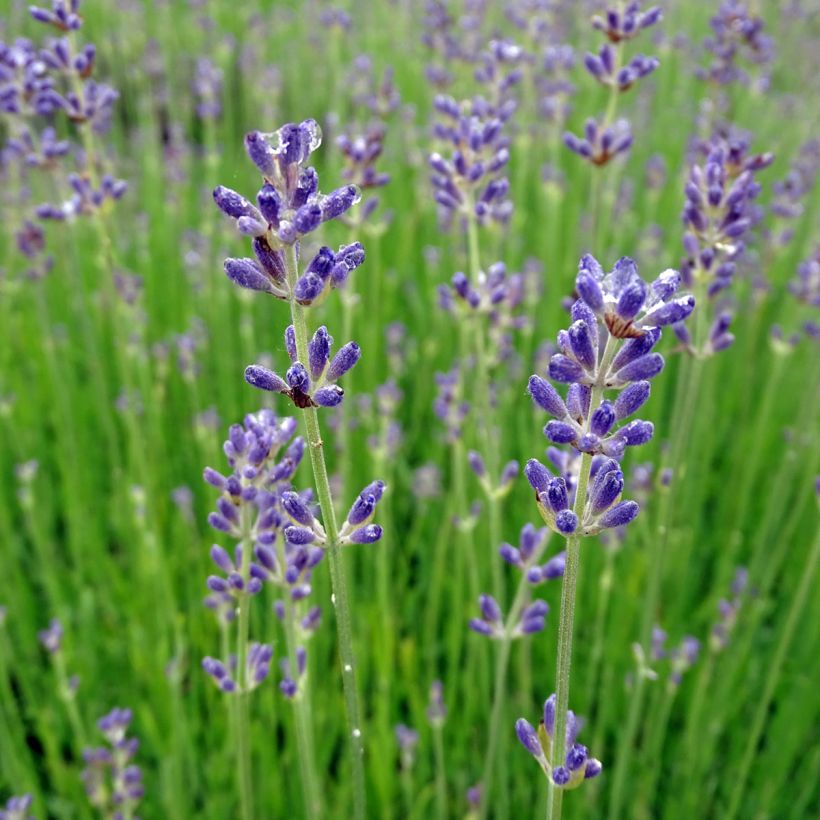



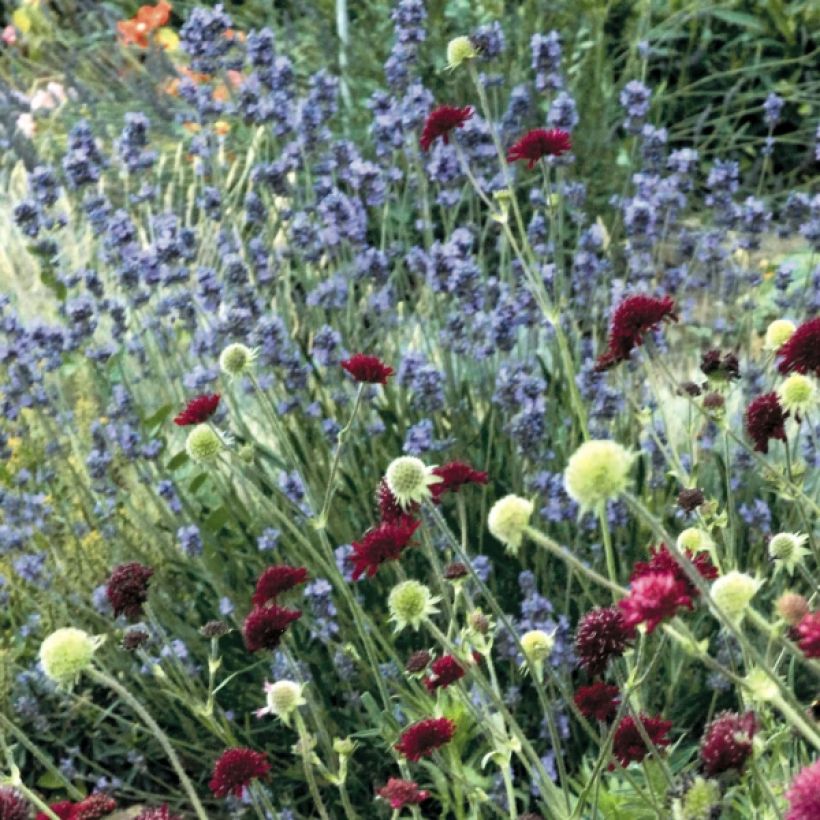

Flowering
Foliage
Plant habit
Botanical data
Lavandula
angustifolia
Dwarf Blue
Lamiaceae
True Lavender, English lavender
Cultivar or hybrid
Other Lavendula - Lavender
View all →Planting and care
Lavandula angustifolia 'Dwarf Blue' should be planted in spring in humid regions, early autumn in dry and hot climates. Plant it with a spacing of 40 cm (16in) in a well-draining, dry, poor and rocky soil in full sun. In heavy soil or in excessively wet regions, mix compost, sand, and gravel with your garden soil and plant it in a mound, so that water does not stagnate around the roots. Don't forget to place gravel at the bottom of the hole for good drainage. Pruning is necessary after flowering to maintain a compact and flowering habit. Once well-established in the ground, lavender requires no watering in summer (it can even harm it). Do not prune into old wood, as it may not regrow. After 10 years, the plant, which will produce fewer flowers, should be replaced.
Planting period
Intended location
Care
Planting & care advice
-
, onOrder confirmed
Reply from on Promesse de fleurs
Similar products
Haven't found what you were looking for?
Hardiness is the lowest winter temperature a plant can endure without suffering serious damage or even dying. However, hardiness is affected by location (a sheltered area, such as a patio), protection (winter cover) and soil type (hardiness is improved by well-drained soil).

Photo Sharing Terms & Conditions
In order to encourage gardeners to interact and share their experiences, Promesse de fleurs offers various media enabling content to be uploaded onto its Site - in particular via the ‘Photo sharing’ module.
The User agrees to refrain from:
- Posting any content that is illegal, prejudicial, insulting, racist, inciteful to hatred, revisionist, contrary to public decency, that infringes on privacy or on the privacy rights of third parties, in particular the publicity rights of persons and goods, intellectual property rights, or the right to privacy.
- Submitting content on behalf of a third party;
- Impersonate the identity of a third party and/or publish any personal information about a third party;
In general, the User undertakes to refrain from any unethical behaviour.
All Content (in particular text, comments, files, images, photos, videos, creative works, etc.), which may be subject to property or intellectual property rights, image or other private rights, shall remain the property of the User, subject to the limited rights granted by the terms of the licence granted by Promesse de fleurs as stated below. Users are at liberty to publish or not to publish such Content on the Site, notably via the ‘Photo Sharing’ facility, and accept that this Content shall be made public and freely accessible, notably on the Internet.
Users further acknowledge, undertake to have ,and guarantee that they hold all necessary rights and permissions to publish such material on the Site, in particular with regard to the legislation in force pertaining to any privacy, property, intellectual property, image, or contractual rights, or rights of any other nature. By publishing such Content on the Site, Users acknowledge accepting full liability as publishers of the Content within the meaning of the law, and grant Promesse de fleurs, free of charge, an inclusive, worldwide licence for the said Content for the entire duration of its publication, including all reproduction, representation, up/downloading, displaying, performing, transmission, and storage rights.
Users also grant permission for their name to be linked to the Content and accept that this link may not always be made available.
By engaging in posting material, Users consent to their Content becoming automatically accessible on the Internet, in particular on other sites and/or blogs and/or web pages of the Promesse de fleurs site, including in particular social pages and the Promesse de fleurs catalogue.
Users may secure the removal of entrusted content free of charge by issuing a simple request via our contact form.
The flowering period indicated on our website applies to countries and regions located in USDA zone 8 (France, the United Kingdom, Ireland, the Netherlands, etc.)
It will vary according to where you live:
- In zones 9 to 10 (Italy, Spain, Greece, etc.), flowering will occur about 2 to 4 weeks earlier.
- In zones 6 to 7 (Germany, Poland, Slovenia, and lower mountainous regions), flowering will be delayed by 2 to 3 weeks.
- In zone 5 (Central Europe, Scandinavia), blooming will be delayed by 3 to 5 weeks.
In temperate climates, pruning of spring-flowering shrubs (forsythia, spireas, etc.) should be done just after flowering.
Pruning of summer-flowering shrubs (Indian Lilac, Perovskia, etc.) can be done in winter or spring.
In cold regions as well as with frost-sensitive plants, avoid pruning too early when severe frosts may still occur.
The planting period indicated on our website applies to countries and regions located in USDA zone 8 (France, United Kingdom, Ireland, Netherlands).
It will vary according to where you live:
- In Mediterranean zones (Marseille, Madrid, Milan, etc.), autumn and winter are the best planting periods.
- In continental zones (Strasbourg, Munich, Vienna, etc.), delay planting by 2 to 3 weeks in spring and bring it forward by 2 to 4 weeks in autumn.
- In mountainous regions (the Alps, Pyrenees, Carpathians, etc.), it is best to plant in late spring (May-June) or late summer (August-September).
The harvesting period indicated on our website applies to countries and regions in USDA zone 8 (France, England, Ireland, the Netherlands).
In colder areas (Scandinavia, Poland, Austria...) fruit and vegetable harvests are likely to be delayed by 3-4 weeks.
In warmer areas (Italy, Spain, Greece, etc.), harvesting will probably take place earlier, depending on weather conditions.
The sowing periods indicated on our website apply to countries and regions within USDA Zone 8 (France, UK, Ireland, Netherlands).
In colder areas (Scandinavia, Poland, Austria...), delay any outdoor sowing by 3-4 weeks, or sow under glass.
In warmer climes (Italy, Spain, Greece, etc.), bring outdoor sowing forward by a few weeks.






























